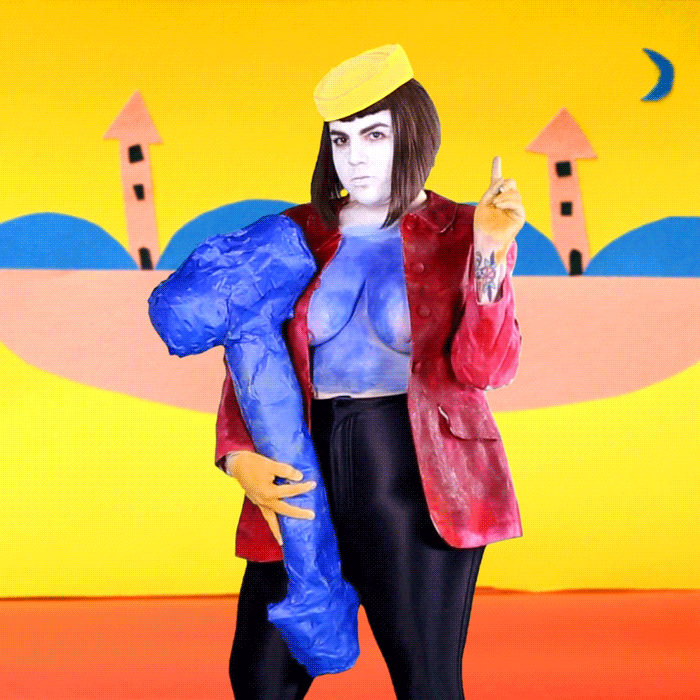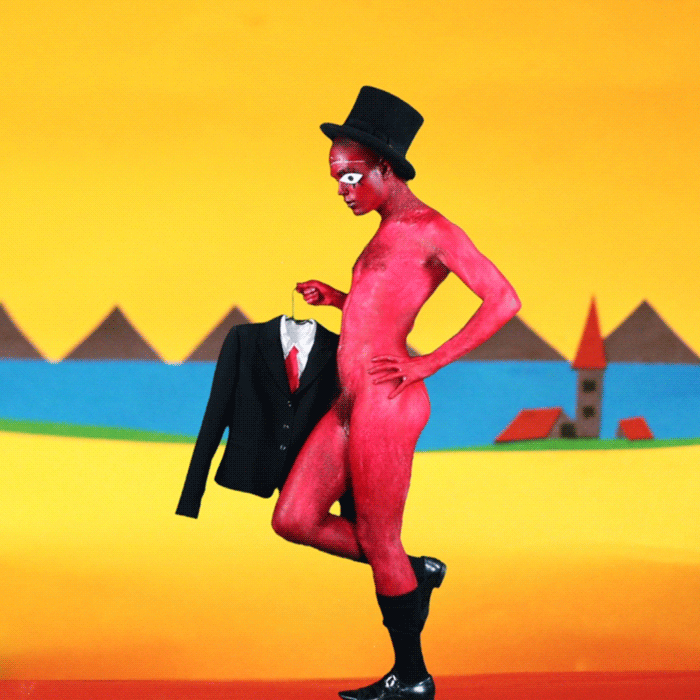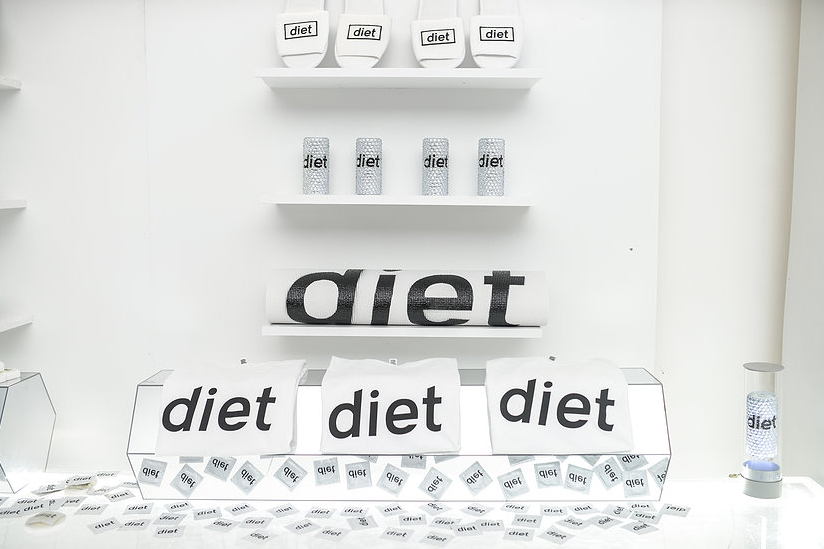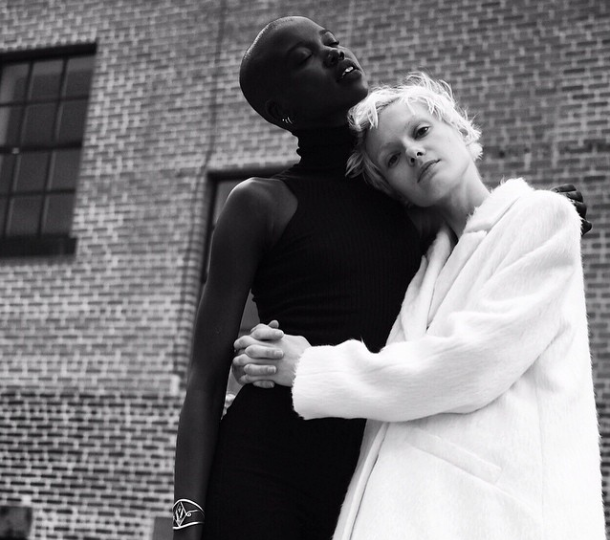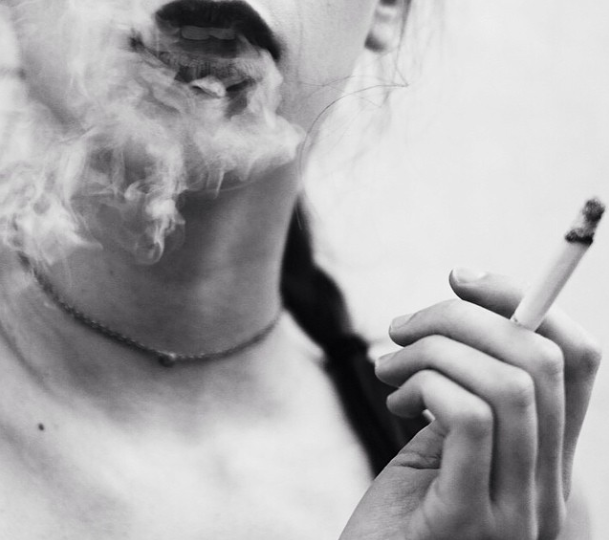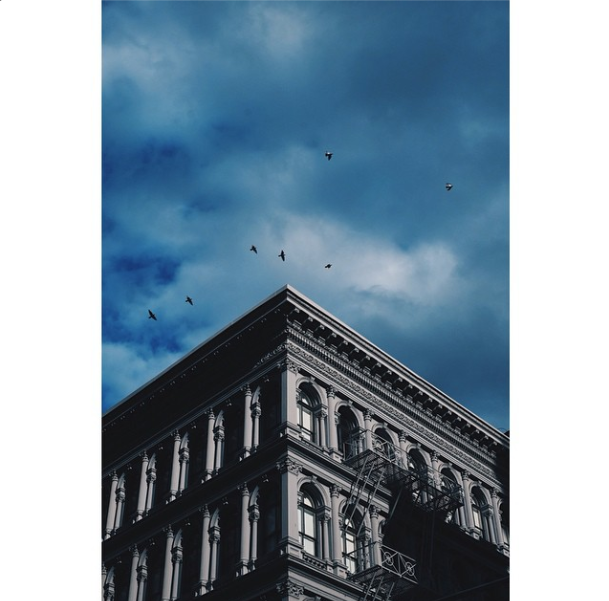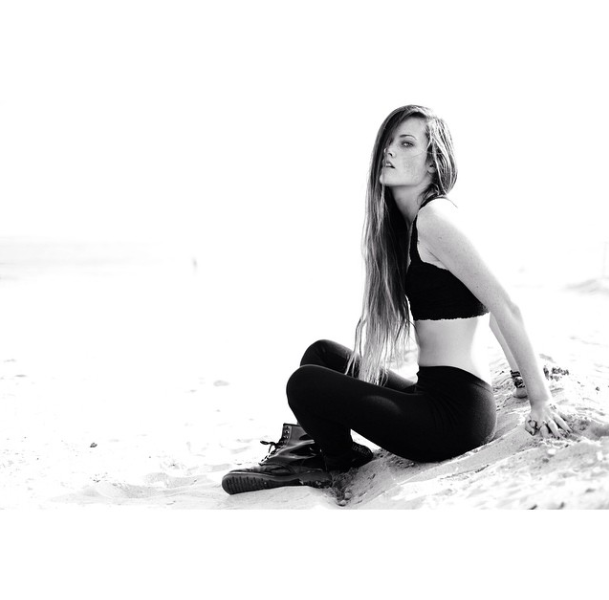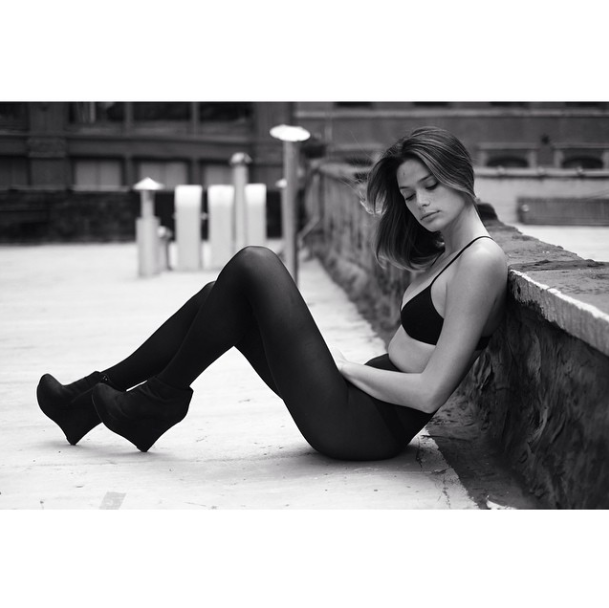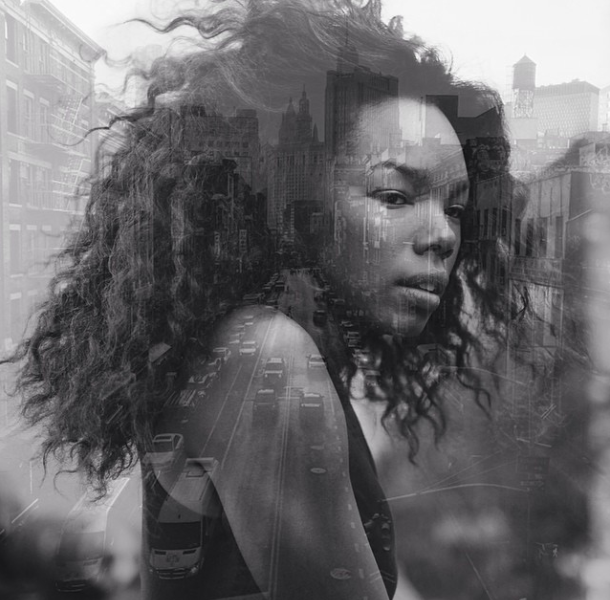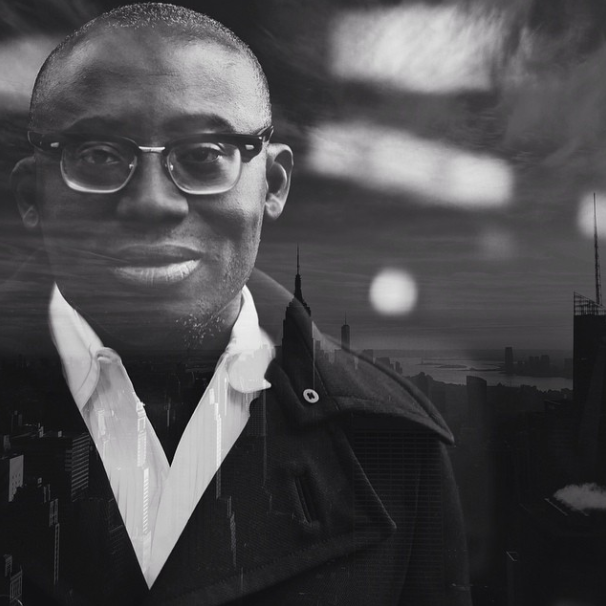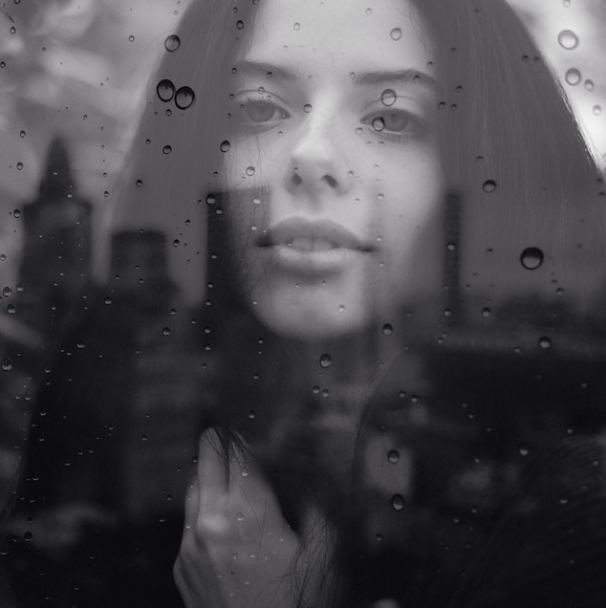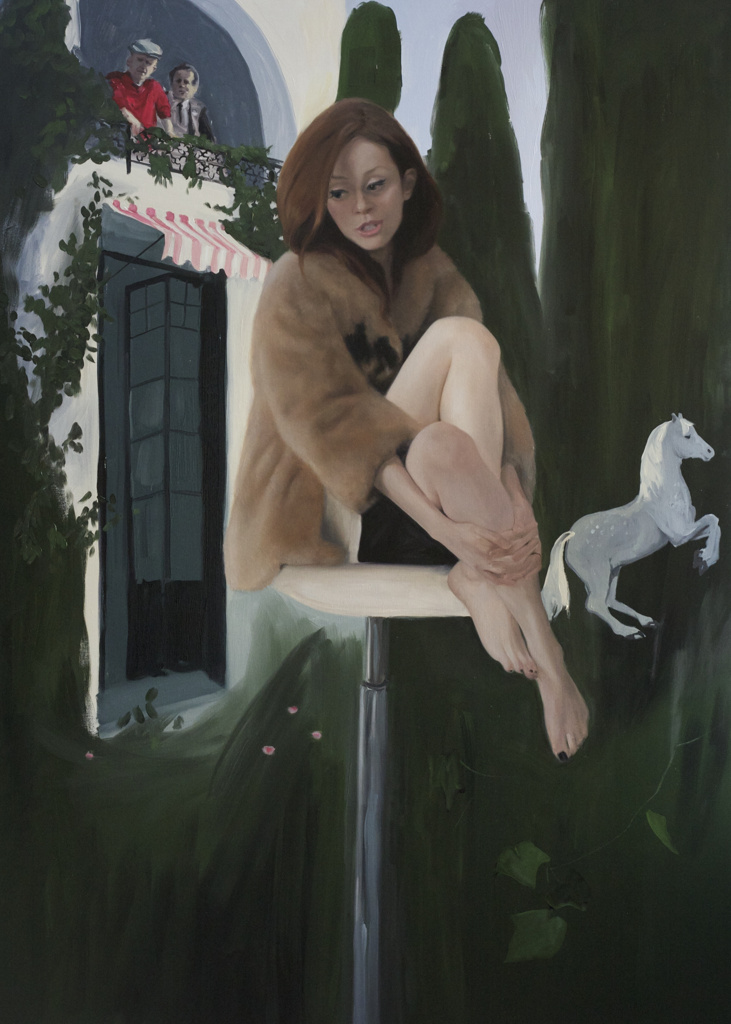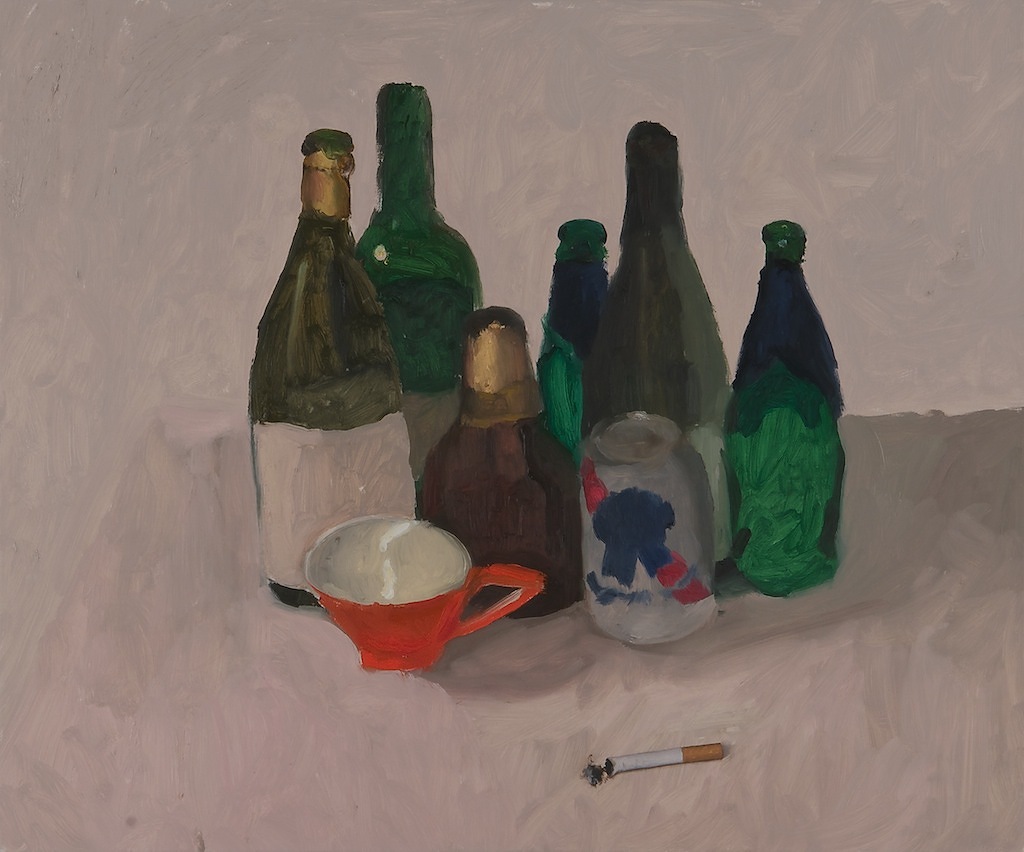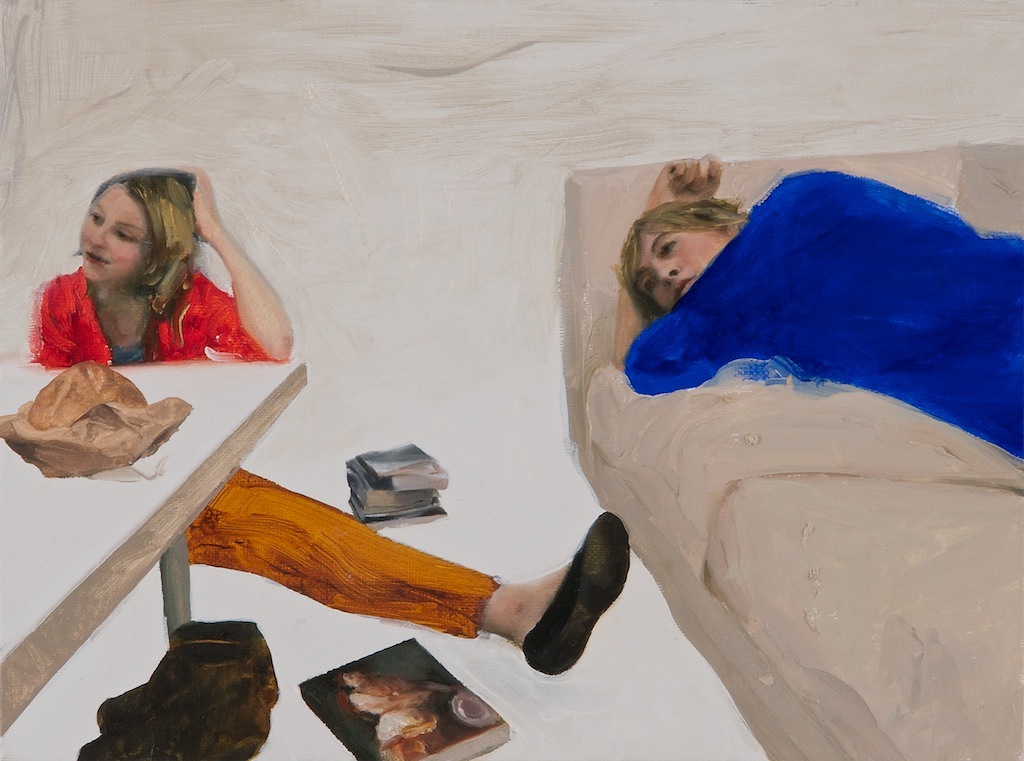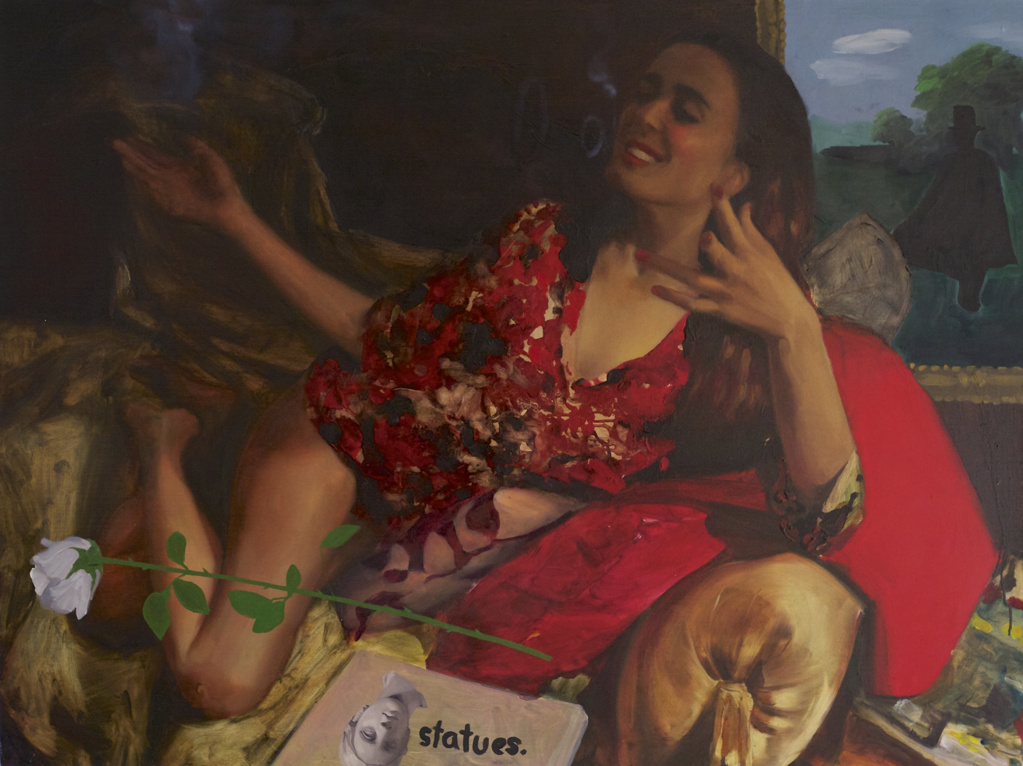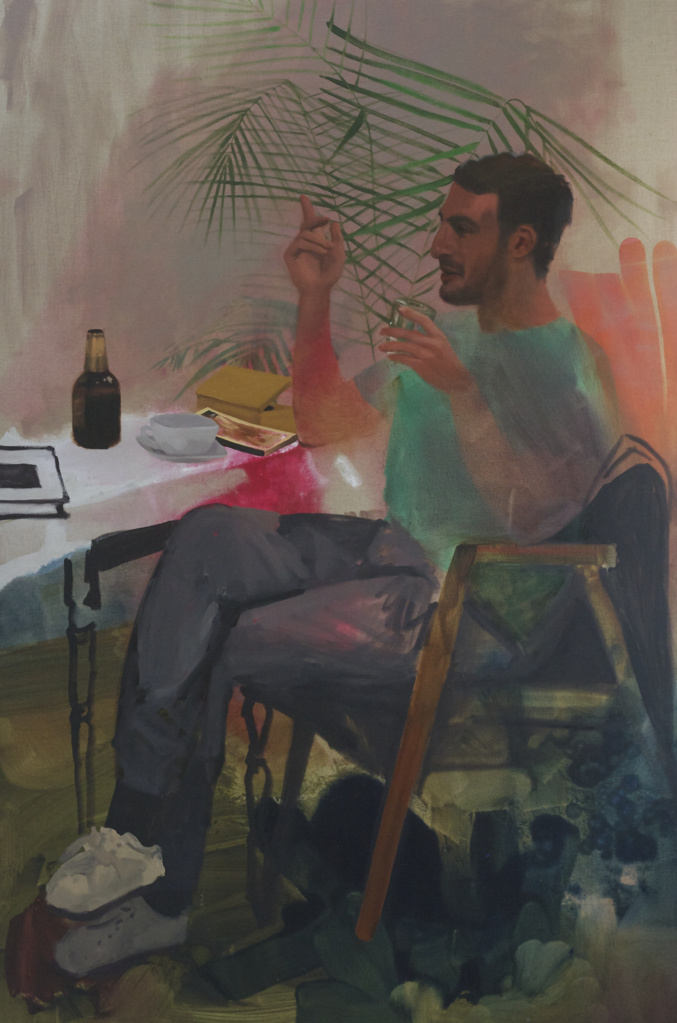Walter Robinson
The Unlimited Magazine
Walter Robinson is a New York based artist who has been both a painter and art critic for over 30 years.
What do you feel about art today? What is different today?
Everything is bigger. The art world as a whole suffers from a kind of malaise that to me does not make any sense. It is too commercial, there is too much money, the auctions are bad, there are too many artists, and it is too difficult for them to earn a living. There are all kinds of problems. Museums are controlled by collectors, and curators are compromised. Every year something happens. The art world was always like that, and it is like that more than ever. Every couple of months there is something new for everybody to get excited about. The art world runs on complaints. Nothing but fusses that keep us all going. As Raphael Rubinstein once said, ‘But that’s just chatter.’ The real interesting thing I suppose is the art itself and the aesthetics. I think now were in something that Donald Kuspit would call the modernist end game. For ten or thirty or a hundred years we have been going around and around in circles, same thing. The end game in chess is when there are hardly any pieces left and they make the same moves over and over. It is a very rich metaphor for what is happening now.
Do you think going back these moves were different in the 60s, 70s, 80s when everything was very new and nobody was comparing it to the past, there was no referencing the past so each move meant something?
I remember in the 1970s the idea of doing a painting that overtly referred to another artist seemed taboo. You would not want to do a splatter painting because it would look like Jackson Pollack. You just would not do it. Today it actually seems more interesting to do a splatter painting because it refers to Jackson Pollack. I do not know whether that is me maturing or if it is some material change in the art business. You do know that in the 80s of course there was a bit of a paradigm shift in that it was the invention of post-modernism and all this kind of reference and replaying.
How do you perceive instagram today?
I am so digitized today. I am so about mobile, I have my iPhone and I use it all the time. The way instagram has developed in the last 6 months or a year as a much more focused pictorial community than Facebook, you have long conversations and debates on Facebook, and I do not see that happening so much on instagram. Instagram is more about showing, sort of a way of being there.
Are you inspired by that?
I am a painter, I am old fashioned. Painting is still sort of the mainstream in a way. Even though there are all these new forms. Even in painting you can have a world that is mysterious, esoteric, nomic that the person who looks at it feels like it is too much for them. That is an art critics reaction, what is that I want to find out what it is, I want to explain it. In Freudian terms it is very Oedipal. It is like I have this distance memory of peeking into the crack of the door into my parents bedroom and it was dark and something strange was happening and I did not know what. So the question is do you keep looking or do you run away? That is some kind of art, like what is that? Other kinds of art do not have that effect, I do not think say Jeff Koons quite has the same effect now. A giant, shiny, statue of a balloon dog does not make you wonder what it is or why it is, you wonder how the hell he made it. That is another thing, the secret of fabrication. That is a function. Things I make are pretty straight forward. There is no mystery about a painting of a donut, or a pair of shoes, or people embracing.
The installation in Miami was different than most because you did not just show a few works you showed a whole wall and the experience was larger than each work separately. So what do you have to say about the installation and then when did you start with your still lifes and how did they evolve?
It is interesting the show in Miami, because as an artist you often want to show everything you have done. You want people to see everything, to see the entire range. Often the advice you will get from dealers and collectors is that it is too confusing to do that. That you need to narrow it down and just present a few things and that way it is clearer to the viewer. The thing about the still lifes is all my work is about desire in some way. It is like I can not paint a picture unless my libido is somehow engaged. Either in a sublimated or overt form. After thirty years that rule has gotten kind of loose. The still lifes are of things that provoke some kind of desire. Sometimes they are still lifes that I set up myself, and sometimes I just copy the image off of the package. If it is a still life of a pharmaceutical product, or something that has already been designed by a corporation I like that too because it targets specifically a corporation as a potential buyer, at least it did back when corporations had collections. One of my dealers sold a giant painting of a bottle of Johnson & Johnson baby oil to Johnson & Johnson for their collection. The thing is these products, these still lifes have been specifically designed for their appeal, for their visual appeal, to make people want them and make people respond to them. That is not so different from Cézanne’s apples, obviously apples somehow have an innate appeal. The human appetite is bound to the apple that grows on the tree just like human appetites are bound in a system of exchange to all these commodities.
I first showed the still lifes a couple years ago and I have to give credit to the art dealers at Dorian Grey Gallery because they are the ones who came up with the title for the show which was 'Indulgences'. Indulgences is the name of a Hershey branding campaign for some chocolates, but more interestingly it also has something to do with the Catholic Church and sin and forgiveness for sin. It was part of the schism between the Catholics and the Protestants this issue of indulgences and selling indulgences. When Dunkin Donuts offers you a donut and a coffee they are forgiving you for your appetites. They are saying this is one time when you can break your diet when you can indulge yourself. It is quasi religious, it is the religion of consumer capitalism, which is a happy place. Consumer capitalism is a very happy place, and I am a very happy person. If you look at the paintings from the clothing catalogs, from Macy’s and Lands’ End, everybody is very happy. They are all smiling at you. They are showing you their new outfits. They are selling you, and they are selling you their vision of the happy life. I am totally amused by that.
Then going to the porn selfie-inspired work?
The porn selfies are actually advertisements for massage therapists. When I first started doing them it was right at the big dawn of awareness of selfies. Once something becomes popular the question is do you turn away from it because it is too popular or do you plunge into it because it is so popular? What I liked about this imagery was that it seemed to be homemade. It was a whole language that had developed outside of Madison Avenue or the fine arts. They are advertising themselves, they are trying to sell you on their sexuality. I like all those things that have that exchange with the viewer. Often the picture is holding the viewer because of the way they are holding the camera. I like that sense of dynamic exchange. I thought with these pictures that they are fugitive because they exist on the internet, they are taken from craigslist the adult services section and I thought they would disappear if I did not capture them. That is probably not true they probably do not disappear in fact it seems to be spreading more and more this imagery. You can get Miley Cyrus in those poses, you can get everybody in those poses, but I still like it for its strangeness.
Where do you find your inspiration now, when a lot of people are finding inspiration now in the places you found it the past thirty years?
For someone like me the question is what is your subject? What are you going to paint? It is sort of selfish and simple. For the art world as a whole sometimes it seems this year that in a way we reached a threshold. Sometimes I think that the Jeff Koons show represented an end point. The Koons show aligned the avant-garde and consumer culture as identical. The first gallery the big posters that say, ‘New, New’ and they are selling I do not know what, cigarettes or something. That is what we are into, new new. It is in perfect alignment. I think it will just keep going on like a dog chasing its tail. It is like the end game it will go on forever.
Being an art critic and an artist, how do you manage both of them when you are creating your own art?
Well when I was younger I guess I was little ADD and having only a job, and art magazine, and a studio practice was not enough I wanted to do more. Now that I am a little older I find I am less interested in writing art criticism. I am more interested in just working in the studio because it is more fun. The thing that keeps pulling me back is that I have things I want to say. The problem is now that there are so many people with things to say, and there are so many people saying them. The modern opens its new painting show and there are five major reviews out within the week, and a dozen smaller pieces. Do I really want to get in there and compete for attention and for saying the same thing? I feel like one of the qualities that exists today in the facebook era, is that everybody knows everything already. Not only does everyone know everything already, they know what everyone else thinks and knows already. What do you need a critic to write for? You could say criticism is dead, its finished, caput. You have instagram now, and facebook.





















